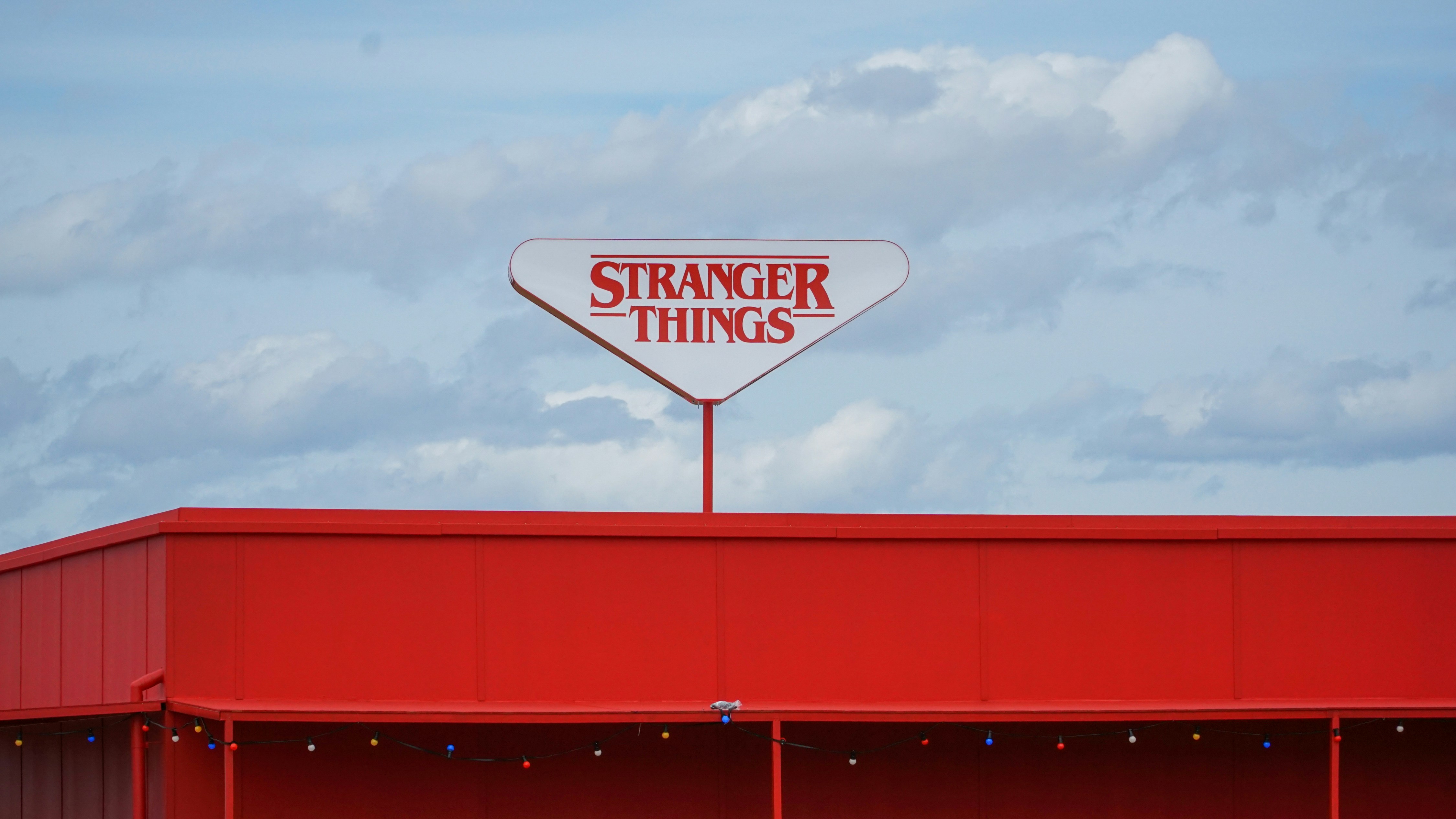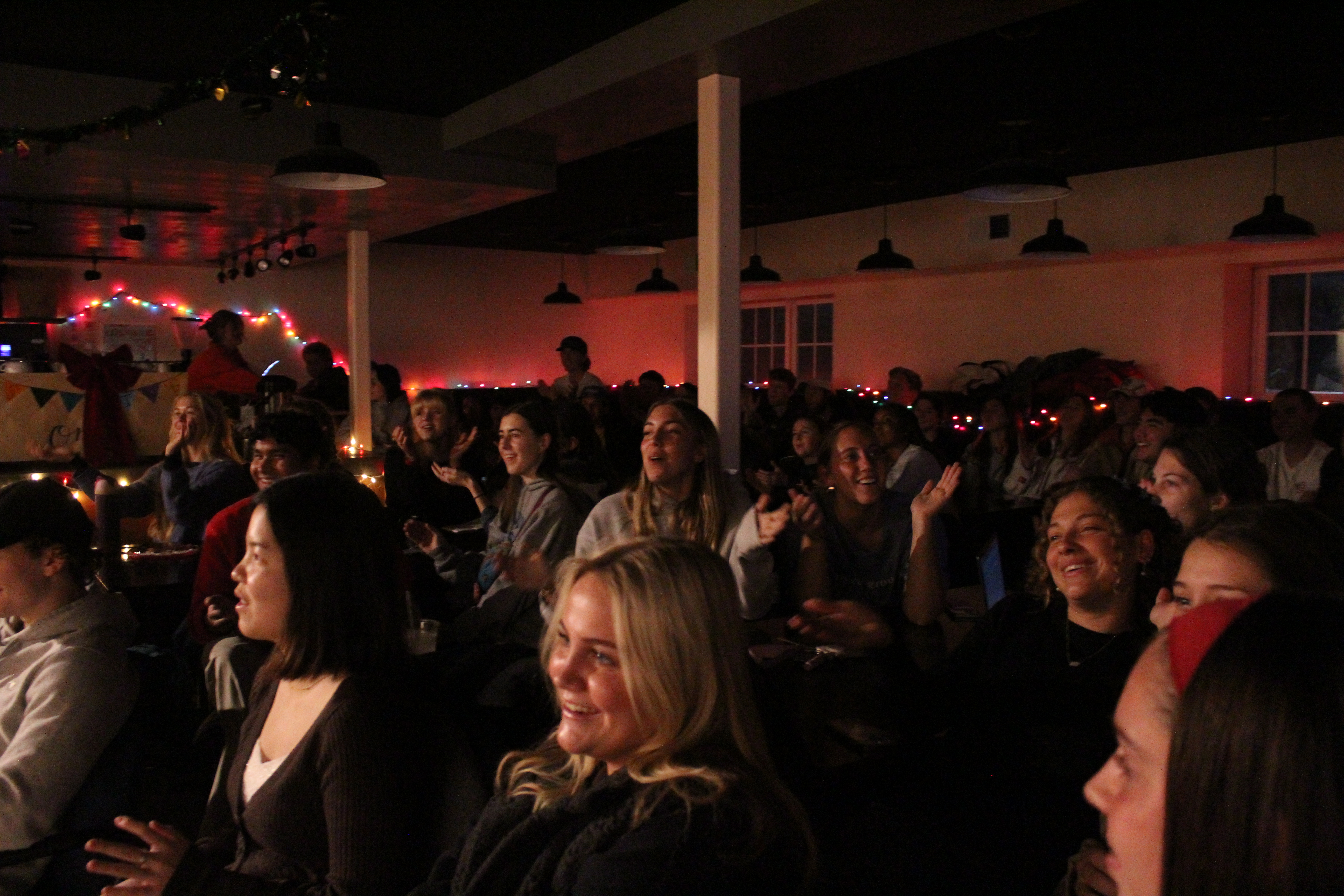![]()
I’ll bet you’ve never heard of Hammer. Most people under 45 haven’t. If you like horror movies, you may find this interesting. If you like old horror movies, you should definitely stick around.
Thanks to the dread powers of the worldwide web, our generation has been able to conveniently rediscover media from days gone by — media that not so long ago could only be found on tape in video stores or seen on dead-of-night television broadcasts hosted by weather forecasters moonlighting as campy crypt-keepers of caliginous content. That is precisely how, years ago, I came to the threshold of something as profound to my adolescent mind as a lost civilization of fish-people. It started with 1985’s “Fright Night,” that definitive ‘80s horror-comedy about the struggles introduced when a centuries-old vampire named “Jerry” moves in next door. So much did I enjoy this film that I craved more of the same, needing that spooky fix. As I soon found out, “Fright Night” paid homage to an entire genre of vampire films from the late ‘50s to early ‘70s — films produced by Hammer, a British production company known best for its gothic horror.
These vampire flicks weren’t anything like those that had come before, nor anything since. They were the first films to give vampires fangs. The first in beautiful, lurid technicolor. Controversy erupted around these films simply because they had (poorly) colored blood effects. Today, they’re campy and quaint, but back in the day they were shocking. And it wasn’t just vampire films that Hammer made — Hammer reignited the classic monster movie craze that Universal decades before had a monopoly on, producing its own takes on Dracula, Frankenstein, the Mummy, and the Wolfman, among other one-off creature features, all decidedly gothic and deliciously Victorian. But Hammer was so much more than a British spin on Universal’s horror classics. It was, as Michael Newton of the Guardian once said, “a last gasp of British romanticism …when these films stray into the far woods, it’s always autumn there.” Newton describes Hammer’s trademark aesthetic as “mournful sumptuousness.”
The real strength of Hammer horror films — the vast majority of which were period films — was the atmosphere the company brought to every production. Hammer’s set design for most of their classic horror films can only be described as lush, evocative, and potent. Impressive, considering that Hammer, a small company, was at times churning out low-budget-but-high-quality films once a month, many produced in only three weeks. This may explain how the company made eight Dracula films, all but one of which starred Christopher Lee — who you may know as Saruman from the Lord of the Rings films or Count Dooku in the Star Wars prequel trilogy (hmm, wonder where they got the idea for “Count” Dooku from) — as the titular bloodsucker.
Hammer produced a healthy number of non-Dracula centered vampire films as well. It made seven Frankenstein movies, all starring Peter Cushing, whom I dearly love with all my heart, as the fiendishly erudite and determined Baron Frankenstein (despite his experiments catastrophically failing in every film). Hammer also produced a handful of Mummy films. Oddly enough, the company only made one werewolf movie, “The Curse of the Werewolf,” in 1961. This is presumably because Oliver Reed played the titular character and was mayhap a bit too “Oliver Reed” (sauced and belligerent) to handle for any potential sequels.
It was a decade and a half of spooks and giggles, and then … the end. The mid-to-late ‘70s brought about the grim decline of Hammer, both in commercial viability (thanks to the increasing production value of and demand for Hollywood films) and quality. Such examples of the company’s quality output in the ‘70s include “The Seven Golden Vampires,” Hammer’s attempt to cash in on the Bruce Lee, martial arts craze with its own horrific kung fusion. I have it on DVD, let that say about me what it will. The company quit producing theatrical films in 1979 as it went into liquidation. The very next year, it found a new home — the TV screen. Hammer produced two anthology shows, “Hammer House of Horror” and “Hammer House of Mystery and Suspense” until the mid ‘80s. It just wasn’t the same, though.
The company was essentially slain once these shows were over. It lay, dormant, in the dreamlike echo of reruns and coveted videotapes — like the shadow of a dubiously exorcised castle upon a sleepy village below, inspiring a dwindling fear as went on the years of silence.
But as anyone who has seen Hammer’s Dracula series of films would know, none are so imperishable as a vampire. In May 2007, the long inactive company was sold to a consortium headed by Dutch media tycoon John de Mol, who soon announced plans to put $50 million into new horror films. Hammer was resurrected. In 2010, straight out the gate (or perhaps coffin), Hammer released a vampire film — one of the best it ever made. Well, in this case, it was remade, because it was a remake of a Swedish film, but let’s gloss over that. “Let Me In” was the title, and a fitting one — Hammer, like the vampires of supposed tradition, had appeared seductively at our doorstep once again, needing only our invitation to enter. And it was home to stay. Since 2010, Hammer has produced six films, including “The Woman in Black,” starring Daniel Radcliffe, a delightful return to form for the company — a classic haunted house story set in Edwardian England — starring Harry Potter. What more could you want?
Photo courtesy of Clément Falize





